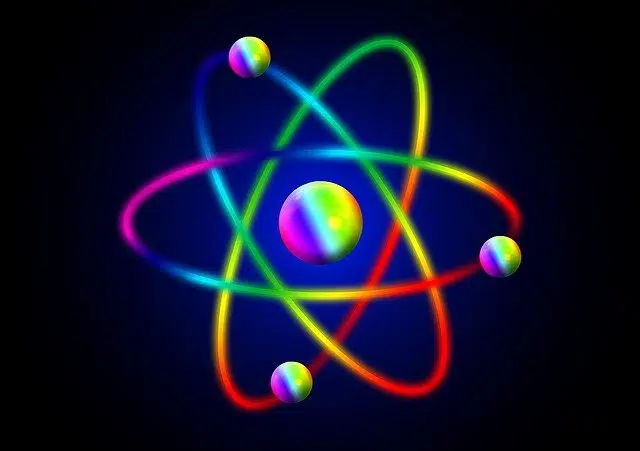
Four types of fundamental interactions can be established between particles.
Interaction is a word that describes an action that is developed reciprocally between two or more organisms, objects, agents, units, systems, forces or functions.
In the field of physics , four types of fundamental interactions are distinguished between particles: strong nuclear, weak nuclear, electromagnetic and gravitational. The latter is undoubtedly the best known (and experienced) by everyone. For science, it is also the most enigmatic, since it affects all bodies, even those without charge or mass, as is the case of the photon.
The interaction in medicine and design
From a medical perspective, a drug interaction occurs when the effects of drugs are altered due to the ingestion of food or the consumption of other medications; The action of the latter can be antagonistic (it causes the effect to decrease) or synergistic (it enhances the effects). Obviously, anyone who consumes two synergistic drugs can suffer an overdose with side effects .
In the field of industrial design , the correct analysis of the type of interaction that potential users will have with a certain product being developed will be key to its success. In the arduous and extensive process of creating a device or peripheral (such as a mouse or game controller), multiple disciplines are involved, such as usability and ergonomics. In addition, it is necessary to make different prototypes to ensure that the final result satisfies people with different physical characteristics.

Technology favors interaction between people.
Interactive applications for teaching
The emergence of graphical operating systems, at the beginning of the 90s, opened the doors to an infinite number of tools aimed at education . Today, largely thanks to the Internet, many choose interactive applications as their preferred way to study . Thanks to the technological leaps of recent years, the courses offered in digital format are sophisticated, easy to use and are continuously updated, a product not only of maintenance by the creators, but also of the response they receive from its users .
This way of learning, which is not new but is booming, offers a possibility that does not exist in schools: choosing what to study, at what time and for how long. For example, before smartphones and tablets became widespread, the Nintendo DS handheld console began offering new ways to learn and review languages; Thanks to its touch screen and microphone, it was possible for the first time to practice handwriting and the pronunciation of foreign words with a tutor accompanying you everywhere .
Interaction, communication and entertainment
Currently, the word interaction is mainly associated with mobile devices with touch-sensitive screens, which have changed, to the liking of some and the displeasure of others, the way in which people relate to entertainment and information. . Year after year, new technologies are introduced that allow devices to become smarter and communicate with each other. Just 15 years ago, the interactive experiences we had access to in our homes existed on computers and video game consoles. The television was used to passively watch programs and movies; the telephone, to communicate with other people; and the portable music player required the use of headphones or speakers that plugged into it.
But all that was in the past; The interaction possible today between these devices allows, for example, to start watching a movie on a mobile phone and continue watching it on the television, to control a PC remotely from a tablet, or to wirelessly transmit music or video from a quality that was not previously possible even through wired connections . This phenomenon defines the present and future of human life , very different from what fiction promised for the 21st century, but no less dazzling.
